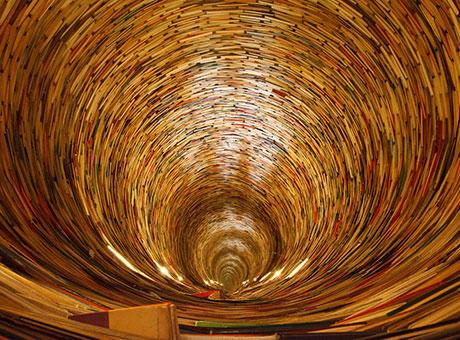The Daylighting of the Stave Church of Borgund

21 November 2012
Norway's stave churches are unique. A particularly fine example is that in the village of Borgund dating from around 1150. Can we define exactly how such a building achieves such atmospheric effects of light? Such architecture has been designed to reinforce the religious message being conveyed. The daylighting is modulated by the architecture, itself a manifestation of a set of building technologies. This interaction between structure, material, texture and viewer is a complex one. Much daylighting commentary is restricted to an assessment of average daylight factor in terms of adequacy and a description of the penetration of sunlight into the architectural space. Current techniques of cumulative daylight modelling are useful for judgements of sustainability but rarely are qualitative assessments made of the characteristics of daylit interiors in sacred buildings. The paper describes a quantitative and qualitative assessment of the daylighting characteristics of the Stave Church at Borgund. This is achieved through a workflow which relies on graphical and manual computation of the daylighting in the historic church. The apparent brightness of the church is related to brightness and interest factors (Loe, Mansfield and Rowlands (1994)) and modes of appearance concepts (Judd (1961)) to attempt to explain the quality of light in the church.
The Daylighting of the Stave Church of Borgund. In: (Proceedings) Nordic Lighting Conference 2012. Lyskultur: Norway.
Mansfield, KP; (2012)
 Close
Close

